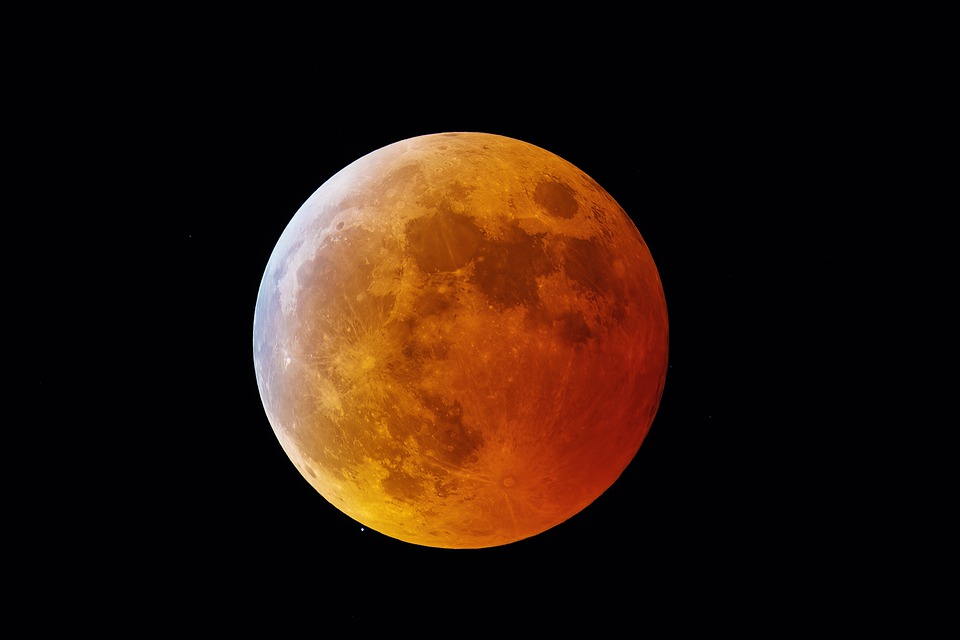Title: Shaping Our World: Investigating the Impact of Tectonic Plates on Earth’s Landscape
At the core of the Earth’s surface, an unseen force is at work, silently shaping our planet’s landscape. This force, driven by internal convective currents, is responsible for the incredible diversity of terrains, mountain ranges, and ocean floors that we know today. This unheralded architect is none other than the dynamic tectonic plates. This article will help us fathom the tremendous impact of tectonic plates on Earth’s topography.
For more than a century, geologists and earth scientists have been mapping and tracking the movements of these colossal and rigid blocks of the lithosphere, offering new insight into the formation, alteration, and destruction of the planet’s landscape over millions of years. Here, we delve deeper into understanding how these plates, moving at snail-paced rates and causing geological events like earthquakes, volcanic eruptions, and the building of mountains, influence the planet’s structure and aesthetics.
Tectonic plates are large fragments of the Earth’s crust and uppermost mantle that interact with each other, drifting at an average of 4 to 8 inches (10 to 20 centimeters) per year. Though this sound insignificant, it is significant enough to move continents and give birth to a variety of landforms. There are mostly seven major and several minor plates, including the Pacific, North American, African, Antarctic, and others.
Volcanoes, mountains, ocean trenches, and isolated islands are manifestations of tectonic plate boundaries. Most earthquakes and volcanic activities occur along the tectonic plate margins, where the plates can be pulling apart, colliding, or sliding past each other. These interactions result in various landscapes:
-
Convergent boundaries: These occur when two tectonic plates are colliding. The denser plate paves under the other, often producing high mountain ranges and deep ocean trenches. For instance, The Himalayas were formed as a result of the Indo-Australian plate sliding under the Eurasian plate. Simultaneously, Marianas trench created by the Pacific plate sliding underneath the Philippian plate represents one of the deepest parts of the world’s oceans.
-
Divergent boundaries: Here, the plates move apart from each other leading to rifts and valley formations, and seafloor spreading. The mid-Atlantic ridge is a notable example of this.
- Transform borders: Plates glide past each other at these borders causing earthquakes as they slip and grind together, as seen along the San Andreas Fault in California.
The tectonic plate’s ceaseless activity influences the Earth’s landscapes through a series of changes that come at different scales, timeframes, and intensities. Take, for instance, the Pacific Ring of Fire, home to 75% of all the world’s volcanoes and 90% of the world’s earthquakes, shaping the Pacific Ocean’s boundary. In summation, tectonic plates both destroy and create, in spectacular displays of strength and finesse — a geological force that is as responsible for its creation as it is for its impermanent nature.
Image – Animation depicting movements of Tectonic plates and geological features created as a result.
FAQs:
How fast do tectonic plates move?
Covertly and slowly. On average, plates move around a few centimeters to inches per year (unless they’re at a fault line or fracture zone, then it can be faster, but never typical)
Are new mountains still emerging?
Yes, the Eurasian and African plates are still converging, pushing up the mountains of Scandinavia, while the Andes are growing as the Nazca plate slips under the South American one.
How many major tectonic plates are there?
There are usually deemed to be seven major tectonic plates. However, there are several minor plates, and some geologists define them differently.
Do humans influence tectonic plate movements?
No, the best way to put it, human activities do not influence the movement of tectonic plates. Our activities may cause small-scale seismic activities but not affect the gargantuan plates.
Why don’t we feel tectonic shift?
Plate tectonic movements are slow-moving, and it takes millions of years for the Earth’s crust to respond to their shifts, hence we can’t sense these movements on a human timescale.
Tectonic plates, in secrecy, have been working for millions of years and will continue to forge our planet. Their interaction with each other creates a dynamic landscape, sculpting diverse forms from the highest mountain peak to the deepest ocean trench. Through foresight and understanding, we can perhaps predict seismic activities and volcanic eruptions, opening doors to a safer environment in a world built upon their silent dance.
To visualize this remarkable narrative better, a more illustrative image would help:
[Image: Animation depicting movements of Tectonic plates and geological features created as a result.]


